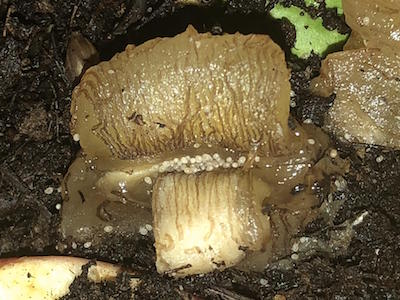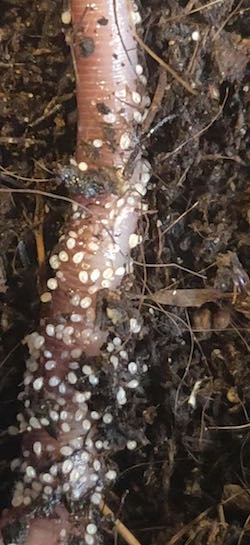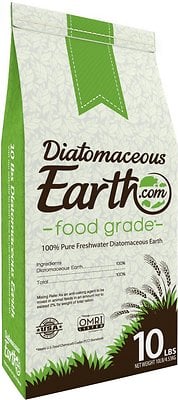Growdo Baggins
Active member
Can anyone tell what these are? They look like mite eggs when I googled it. There's a mite in the picture that's the same color as the eggs, in the third picture, but it looks smaller kinda.
A few weeks after starting the bins I found this spot on my neighbors horse farm with really dark soil loaded with worms and other small insects. I put a few handfuls of it into my worm bins and a few days later when I looked in there there were little red mite everywhere. I grabbed a few and put them under a microscope and they looked like predatory mites which I thought were okay. But I've read places that red mites will eat the worms. Are there any ways to draw them out? Specific foods they like? Just to drop the population some.
Here's the eggs



Here's the mites



Thanks for any help guys.
A few weeks after starting the bins I found this spot on my neighbors horse farm with really dark soil loaded with worms and other small insects. I put a few handfuls of it into my worm bins and a few days later when I looked in there there were little red mite everywhere. I grabbed a few and put them under a microscope and they looked like predatory mites which I thought were okay. But I've read places that red mites will eat the worms. Are there any ways to draw them out? Specific foods they like? Just to drop the population some.
Here's the eggs
Here's the mites
Thanks for any help guys.





